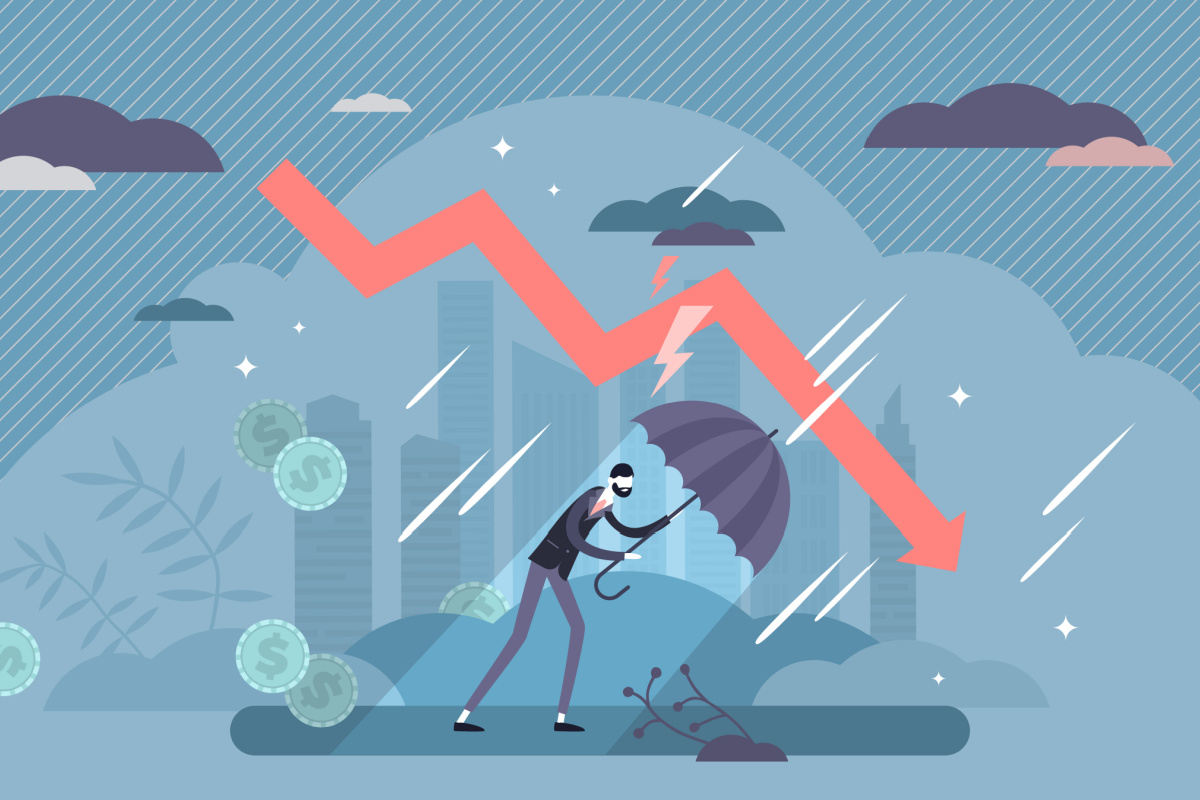For the past 10 years, the Australian economy has been riding on a smooth, smooth wave.
However, as historical cycles dictate, that cycle is due for a downturn.
In the months and years ahead, we can expect to see a significant downturn in our economic growth.
But is it enough to throw us into a recession?
How Australia is situated
The good news for Aussie households is that throughout COVID, we built up a nice buffer for a rainy day. And that rainy day may be just around the corner.
Our household nest eggs may be just the thing preventing us from being pulled into a recession.
Additionally, the predicted RBA rate rises yet to come may not eventuate to the levels we were expecting.
Both are on the plus side of the recession balancing act.
The Australian housing market
Australians love property. Talking about it. Buying it. Selling it.
Yet is our housing market is teetering in a slightly precarious position?
COVID saw house prices boom into a stratosphere never seen before.
So whilst house prices have dropped 10% since this peak, we are still sitting at pre-COVID levels as seen in 2021. Whilst 2021 may seem to some a lifetime ago – house prices are indeed sitting at a level of normality.
We have been at the mercy of aggressive interest rate hikes and with it came a drop in housing prices with an average 10% drop since April 2022 across the country.
Australians who took out loans at the lowest of low-interest rates are about to expire and flick over to market rate – some from levels as low as 2% moving up to over double that at 5%.
An estimated 60% of borrowers will be facing a 40% increase in mortgage repayments come the end of April.
So once this perfect storm collides, will we see a recession?
Economists believe not.
How will we fare?
As a high number of home loans convert to higher interest rates, we expect to see a drag on household discretionary spending. Families will be paying more on their mortgages and have less to spare on everyday spending.
Yet, many have seen this coming for some time and started early preparations, building their nest egg of savings. More than a third of borrowers have at least two years of repayments sitting in an offset account or redraw account.
The bigger risk is if we see negativity equity come into play – whereby a loan is greater than the value of the house.
Currently, in Australia, it’s estimated 0.5% of loans are in negative equity. If we see house prices fall another 10%, the RBA estimate that number to increase to 1%. On an economy-wide basis, this is indeed manageable – not enough to throw us into a recession by any means.
The challenge comes if we see yet another fall of 10% again. In this instance, that number would move up to 4% of homes in negative equity. This is when we may start to become concerned.
The final say
We will continue to see pressure on the economy as the RBA continues to raise interest rates. Yet not enough to fear a recession or any significant risk to the economy.
Our household buffer may be the thing that keeps Australia’s head above water, this time around.
If you’d like to have a chat with one of our Financial Advisors or Accounting team, book an appointment today.





